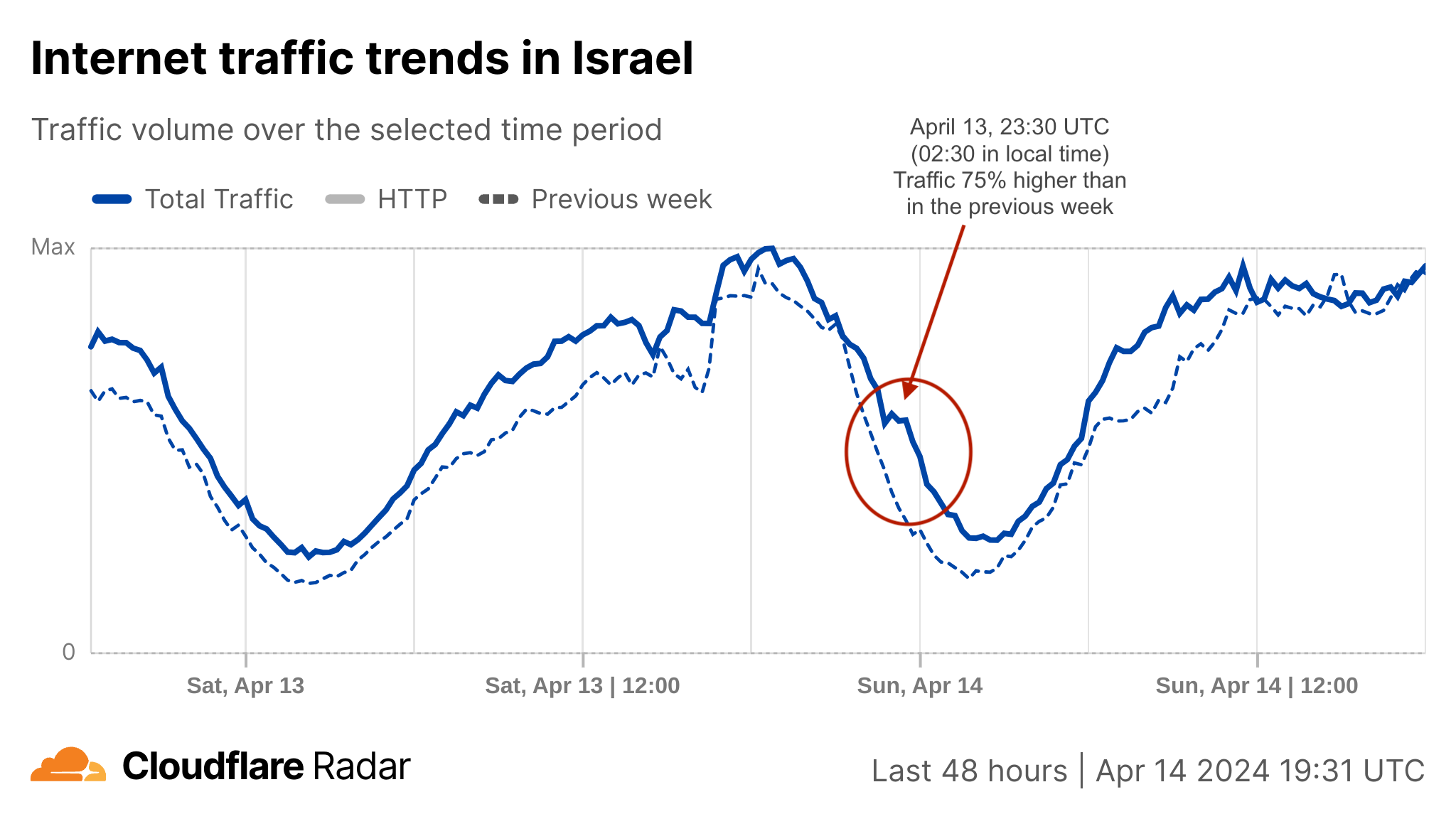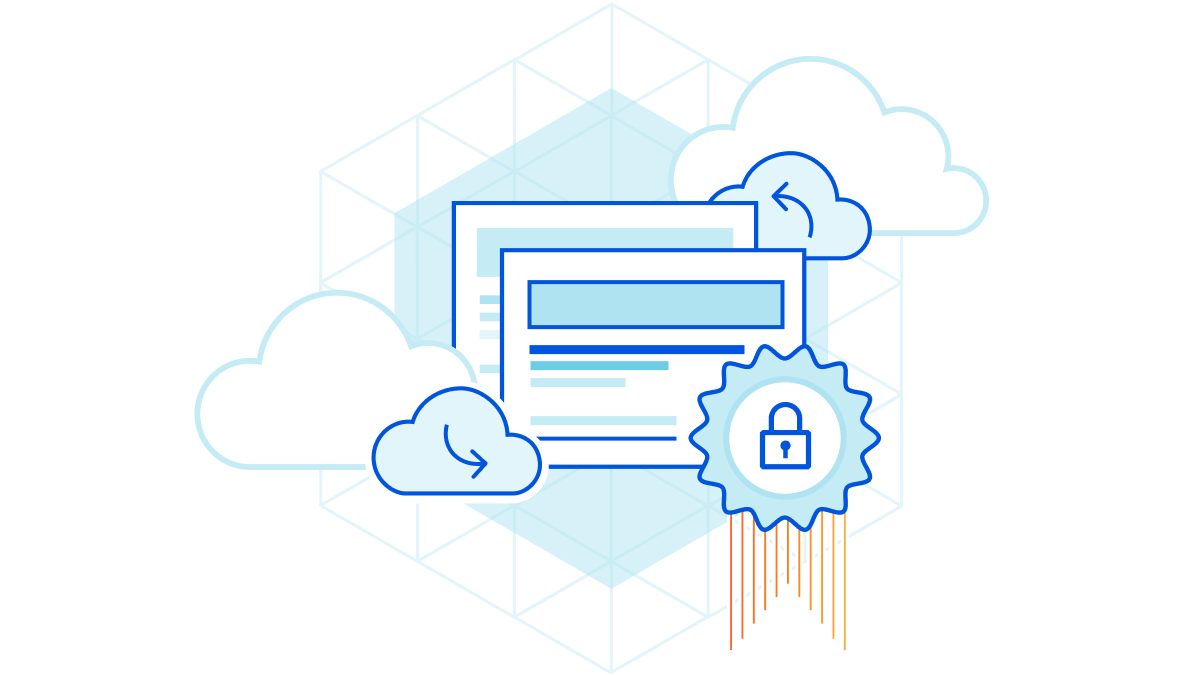Where Are You on the Cybersecurity Readiness Index? Cisco Thinks You’re Probably Overconfident
The most alarming takeaway from Cisco’s new Cybersecurity Readiness Index report is that even after decades of having the importance of cybersecurity driven home, cyber threats are still taken too lightly.New Course: Coding Skills for Network Engineers
This Friday, Marlon Bailey and I will be teaching a new four-hour class on coding skills for network engineers over on Safari Books Online through Pearson. From the course description:
Network engineers are increasingly expected to know how to perform basic coding, like building scripts to gather information and build or maintain an automation system. In larger organizations with full-time coders, network engineers are expected to effectively work with coders, on their own turf, to build and maintain network automation systems. All of these tasks require a basic knowledge of the structure and terminology of programming. There are a lot of courses that show you how to build your first program, or how to perform basic tasks using common programming languages—this course is different. This course will help you build a “mental map” of the software development space, gathering ideas and patterns learned across years into a simple-to-understand format. In this course you will learn data structures, program flow control, and—most importantly—how to structure software for efficiency and maintainability over the long haul.
For anyone who doesn’t know Marlon, you can find his LinkedIn profile here.
An Internet traffic analysis during Iran’s April 13, 2024, attack on Israel
(UPDATED on April 15, 2024, with information regarding the Palestinian territories.)
As news came on Saturday, April 13, 2024, that Iran was launching a coordinated retaliatory attack on Israel, we took a closer look at the potential impact on Internet traffic and attacks. So far, we have seen some traffic shifts in both Israel and Iran, but we haven’t seen a coordinated large cyberattack on Israeli domains protected by Cloudflare.
First, let’s discuss general Internet traffic patterns. Following reports of attacks with drones, cruise missiles, and ballistic missiles, confirmed by Israeli and US authorities, Internet traffic in Israel surged after 02:00 local time on Saturday, April 13 (23:00 UTC on April 12), peaking at 75% higher than in the previous week around 02:30 (23:30 UTC) as people sought news updates. This traffic spike was predominantly driven by mobile device usage, accounting for 62% of all traffic from Israel at that time. Traffic remained higher than usual during Sunday.

Around that time, at 02:00 local time (23:00 UTC), the IDF (Israel Defense Forces) posted on X that sirens were sounding across Israel because of an imminent attack from Iran.
🚨Sirens sounding across Israel🚨 pic.twitter.com/BuDasagr10
— Israel Defense Forces Continue reading
DNS Topics at IETF119
The Internet is rapidly shifting to a name-based network and the DNS is now the underlying technology that lies the core of today's network. So, let’s see what we are currently thinking about in terms of names and the DNS at the recent IETF meeting.Coherent Optical Transceivers
I had the opportunity to participate in the New Zealand Network Operators Group meeting (NZNOG) in Nelson earlier this month. This article was prompted by a presentation from Thomas Weible of Flexoptix at NZNOG on the topic of Coherent Optical Transceivers.Explore: Why No IPv6? (IPv6 SaaS)
Lasse Haugen had enough of the never-ending “we can’t possibly deploy IPv6” excuses and decided to start the IPv6 Shame-as-a-Service website, documenting top websites that still don’t offer IPv6 connectivity.
His list includes well-known entries like twitter.com, azure.com, and github.com plus a few unexpected ones. I find cloudflare.net not having an AAAA DNS record truly hilarious. Someone within the company that flawlessly provided my website with IPv6 connectivity for years obviously still has some reservations about their own dogfood ;)
Architecture and Process
Driving through some rural areas east of where I live, I noticed a lot of collections of buildings strung together being used as homes. The process seems to start when someone takes a travel trailer, places it on blocks (a foundation of sorts) and builds a spacious deck just outside the door. Over time, the deck is covered, then screened, then walled, becoming a room.
Once the deck becomes a room, a new deck is built, and the process begins anew. At some point, the occupants decide they need a place to store some sort of equipment, so they build a shed. Later, the shed is connected to the deck, the whole thing becomes an extension of the living space, and a new shed is built.
These … interesting … places to live are homes to the people who live in them. They are often, I assume, even happy homes.
But they are not houses in the proper sense of the word. There is no unifying theme, no thought of how traffic should flow and how people should live. They are a lot like the paths crisscrossing a campus—built where the grass died.
Our networks are like these homes—they are Continue reading
Improving authoritative DNS with the official release of Foundation DNS

We are very excited to announce the official release of Foundation DNS, with new advanced nameservers, even more resilience, and advanced analytics to meet the complex requirements of our enterprise customers. Foundation DNS is one of Cloudflare's largest leaps forward in our authoritative DNS offering since its launch in 2010, and we know our customers are interested in an enterprise-ready authoritative DNS service with the highest level of performance, reliability, security, flexibility, and advanced analytics.
Starting today, every new enterprise contract that includes authoritative DNS will have access to the Foundation DNS feature set and existing enterprise customers will have Foundation DNS features made available to them over the course of this year. If you are an existing enterprise customer already using our authoritative DNS services, and you’re interested in getting your hands on Foundation DNS earlier, just reach out to your account team, and they can enable it for you. Let’s get started…
Why is DNS so important?
From an end user perspective, DNS makes the Internet usable. DNS is the phone book of the Internet which translates hostnames like www.cloudflare.com into IP addresses that our browsers, applications, and devices use to connect to services. Without Continue reading
How we ensure Cloudflare customers aren’t affected by Let’s Encrypt’s certificate chain change

Let’s Encrypt, a publicly trusted certificate authority (CA) that Cloudflare uses to issue TLS certificates, has been relying on two distinct certificate chains. One is cross-signed with IdenTrust, a globally trusted CA that has been around since 2000, and the other is Let’s Encrypt’s own root CA, ISRG Root X1. Since Let’s Encrypt launched, ISRG Root X1 has been steadily gaining its own device compatibility.
On September 30, 2024, Let’s Encrypt’s certificate chain cross-signed with IdenTrust will expire. After the cross-sign expires, servers will no longer be able to serve certificates signed by the cross-signed chain. Instead, all Let’s Encrypt certificates will use the ISRG Root X1 CA.
Most devices and browser versions released after 2016 will not experience any issues as a result of the change since the ISRG Root X1 will already be installed in those clients’ trust stores. That's because these modern browsers and operating systems were built to be agile and flexible, with upgradeable trust stores that can be updated to include new certificate authorities.
The change in the certificate chain will impact legacy devices and systems, such as devices running Android version 7.1.1 (released in 2016) or older, as those exclusively Continue reading
HN729: Open Source to Closed
With “The Cathedral and the Bazaar” as his guide, Srivats launched Ostinato, his open source project, in 2010. He needed an affordable network traffic generator at his day job, he was passionate enough to build one during his nights and weekends, and end users loved it– it has been downloaded hundreds of thousands of times.... Read more »Public Videos: Kubernetes Ingress

All the Kubernetes Ingress videos from the Kubernetes Networking Deep Dive webinar with Stuart Charlton are now public. Enjoy!
Hedge 221: Energy Aware Protocols
A lot of people are spending time thinking about how to make transport and control plane protocols more energy efficient. Is this effort worth it? What amount of power are we really like to save, and what downside potential is there in changing protocols to save energy? George Michaelson joins us from Australia to discuss energy awareness in protocols.
How Cisco sees Silicon One Easing Network Convergence and Helping with AI
With the rise of AI and its massive impact on networking, Cisco has pivoted swiftly to enable customers to utilize its converged networks to run taxing AI apps.KU053: Migrate Legacy Applications to Kubernetes with Konveyor
Whether you want to migrate legacy applications to Kubernetes in order to save the whales or for any other reason, Konveyor is here to help. Savitha Raghunathan joins us today to walk us through the open source tool. The basics: You input the application’s source code (any language that has a language server) and Konveyor... Read more »Collaborate to Trust Telco SaaS
Unlocking the full potential of telecom in the SaaS era relies on comprehensive strategies and a constant commitment to evolving security practices.LISP vs EVPN: Mobility in Campus Networks
I decided not to get involved in the EVPN-versus-LISP debates anymore; I’d written everything I had to say about LISP. However, I still get annoyed when experienced networking engineers fall for marketing gimmicks disguised as technical arguments. Here’s a recent one:

